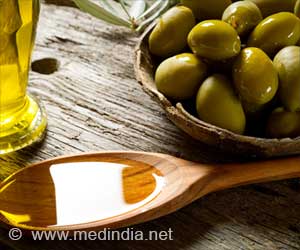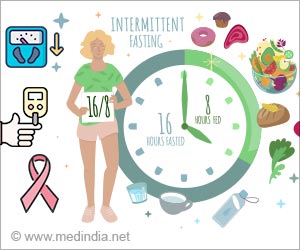Elenolic acid, found in olives, significantly lowers blood sugar and promotes weight loss in obese diabetic mice, paving the way for natural diabetes treatment.
- Elenolic acid from olives reduces blood sugar levels and aids weight loss in obese diabetic mice
- The compound's effects are comparable to some current diabetes medications
- It promotes gut hormone release, aiding in metabolic health and satiety
An olive-derived elenolic acid stimulates hormone release from L-cells and exerts potent beneficial metabolic effects in obese diabetic mice
Go to source).
Elenolic Acid: A Natural Solution
Researchers observed that after just one week, obese mice with diabetes given oral elenolic acid weighed significantly less and had better blood sugar regulation compared to untreated obese mice. The glucose-lowering effects of elenolic acid were comparable to the injectable diabetic medication liraglutide and superior to metformin, a commonly used oral diabetes medication.Elenolic acid from olives can regulate blood sugar and support weight loss naturally! #medindia #diabetes’
Elenolic Acid to Control Blood Sugar Levels
The researchers identified natural compounds that act on L-cells, which release metabolic hormones GLP-1 and PYY during meals. These hormones promote satiety, prevent overeating, and control blood sugar levels. Screening revealed that elenolic acid, found in mature olives and extra virgin olive oil, can induce the release of these hormones. The team produced elenolic acid by breaking down its precursor, oleuropein, which is more cost-effective than extracting it directly from olives.Tests in obese diabetic mice showed that those treated with oral elenolic acid had significant improvements in metabolic health. After four to five weeks, the treated mice experienced a 10.7% reduction in obesity and improvements in blood sugar levels and insulin sensitivity comparable to healthy lean mice. The treatment also reduced food intake and promoted weight loss by improving circulating levels of PYY and GLP-1 and downregulating agouti-related peptide, which is associated with increased eating and weight gain.
The study demonstrated that elenolic acid from olives positively impacts hormone release and metabolic health, especially under obese and diabetic conditions. The compound mimics the physiological conditions of eating, directly promoting gut metabolic hormone secretion to regulate energy balance and metabolic health.
The researchers noted that the concentration of elenolic acid in olive products is too low to yield the observed benefits from dietary consumption alone. The team is now investigating how elenolic acid is absorbed, distributed, metabolized, and excreted in the body to better understand its safety and efficacy for future clinical trials.
"Elenolic acid shows great potential in promoting metabolic health through natural means, offering a promising avenue for future diabetes and obesity treatments."
- An olive-derived elenolic acid stimulates hormone release from L-cells and exerts potent beneficial metabolic effects in obese diabetic mice - (https://www.frontiersin.org/journals/nutrition/articles/10.3389/fnut.2022.1051452/full)
Source-Medindia
















